Choosing books for a baby
- Baby,
- Reading,
- Books
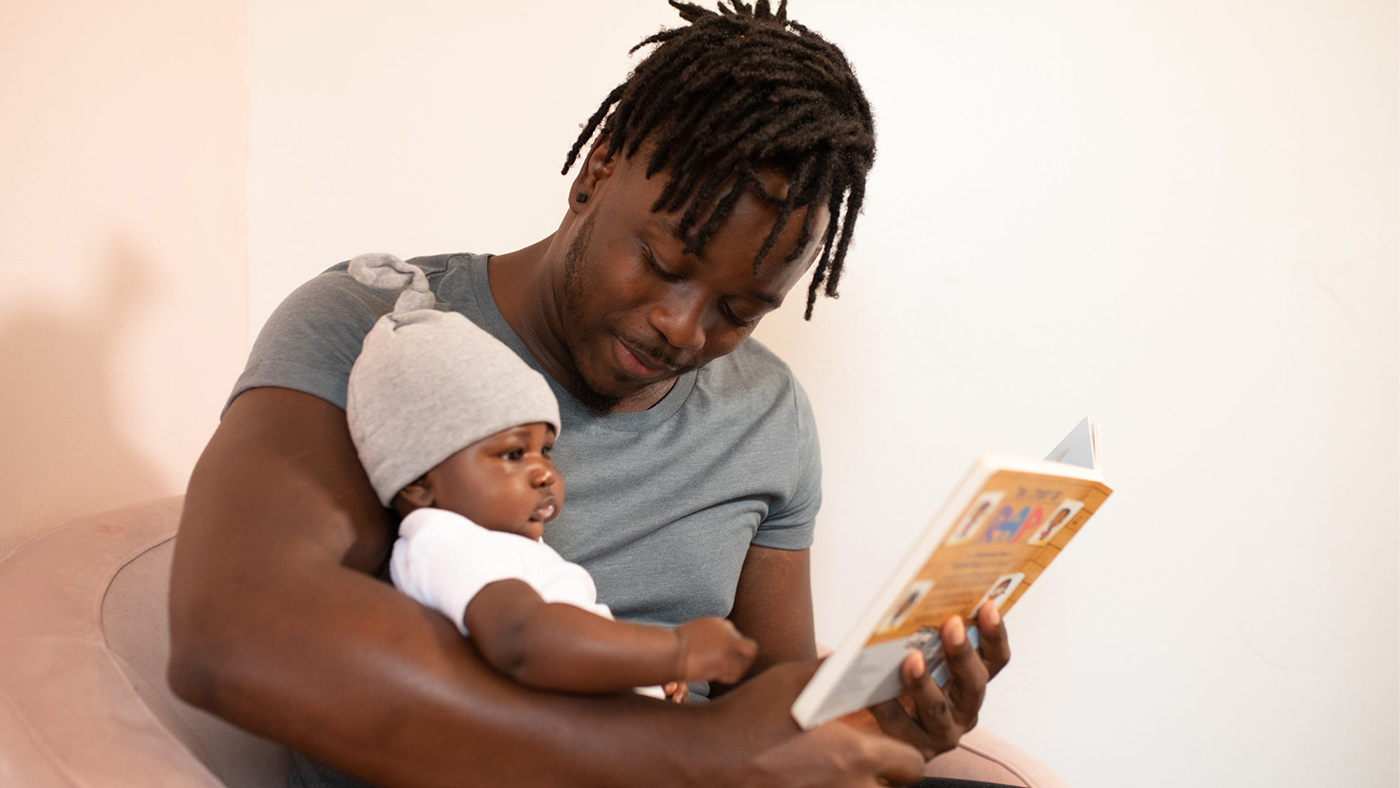
Why is reading important for babies?
It might seem like a funny idea to read to a baby. You might think, “My baby can’t understand what I am saying”, “They don't know what the words mean,” or “They can’t hold a book.” Surely reading is for when they get a little bit older?
You may be astonished to know that reading with babies is hugely important. If we think about how a baby first learns, they do this by watching what is happening around them. They start by reading people’s faces, trying to work out what facial expressions mean, along with working out tones of voice. Many researchers believe that when baby talk is used with babies, the exaggerated tones used in the voice help babies to distinguish speech sounds. [1] When reading with a baby, changes in tone naturally bounce up and down to enhance the enjoyment and experience of the book.
Reading is one of the most important functions in life, since virtually all learning is based on the ability to read.[2] When you read to your baby, their love of reading will start to grow. Babies enjoy hearing voices, and books lend themselves to varying pitches, speeds and the vocal rhythm that comes naturally in speech.
When books are shared with babies, they immediately become absorbed in a wide variety of images, words, rhymes, and phrases. Their brains will connect words and visuals, boosting their learning. Research suggests that reading with your baby regularly enhances their language and social skills, and this is especially true if the story you are reading tickles your imagination and curiosity. It is thought that babies will begin to identify what they see in picture books with their real-world counterparts,[3] for instance, if you read about a cat, babies will associate the word ‘cat’ when they see a real one.
Reading not only enhances your baby's speech and language, but it weaves through many streams of learning:
Motor skills are developed when your baby holds a book and helps to turn pages. When reading interactive books, your baby can try to help by lifting the flaps to find what is concealed.
Cognitive development is supported as books are super for helping to build listening and memory skills, plus, they offer times for your baby to copy sounds and movements. Almost every book teaches your baby about the world around them and often simple mathematical concepts are introduced in the form of colour, shape and number.
Sensory development is promoted when babies look at and touch a book.
This page contains affiliate links. MFFY may collect a share of sale or some form of commission from the links on this page if you decide to click them and purchase any items.
What kinds of books should I read?
- Choosing short, simple books with very few words and large clear pictures are ideal as your baby might not be able to see the detail in more complex pictures yet. Books that have faces, bright colors, and shapes are fabulous for very young babies. There are lots of books available which have one illustration per page. These books are ideal for your first story times. When reading picture books, you may come across vocabulary you are unfamiliar with; fortunately, the rich language that can be found in these books develops very early literacy skills.[4]
Some perfect examples of this style of book are:
Baby Touch: Faces - by Ladybird
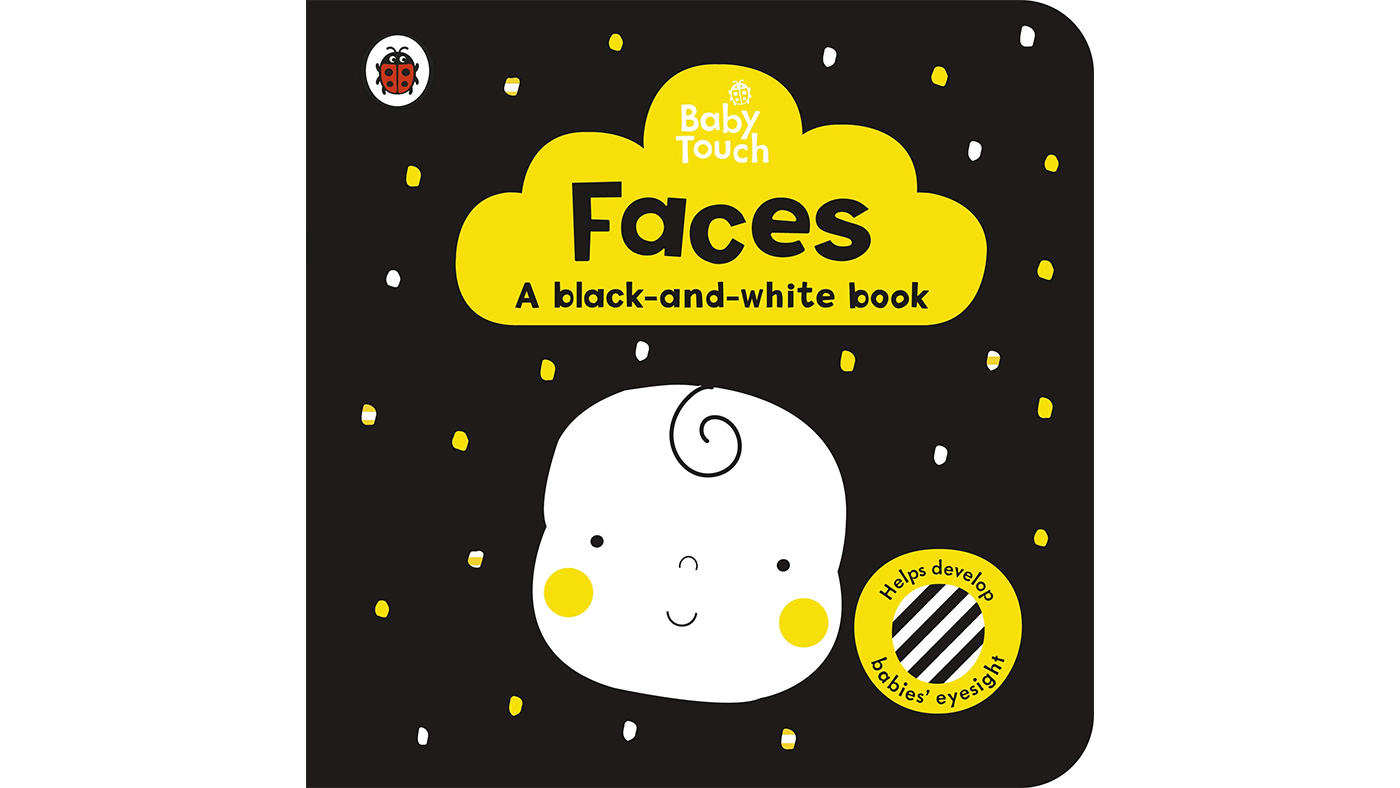
To buy (via Amazon): https://amzn.to/3n7qykf
This page contains affiliate links. MFFY may collect a share of sale or some form of commission from the links on this page if you decide to click them and purchase any items.
Dino Book - by Richgv
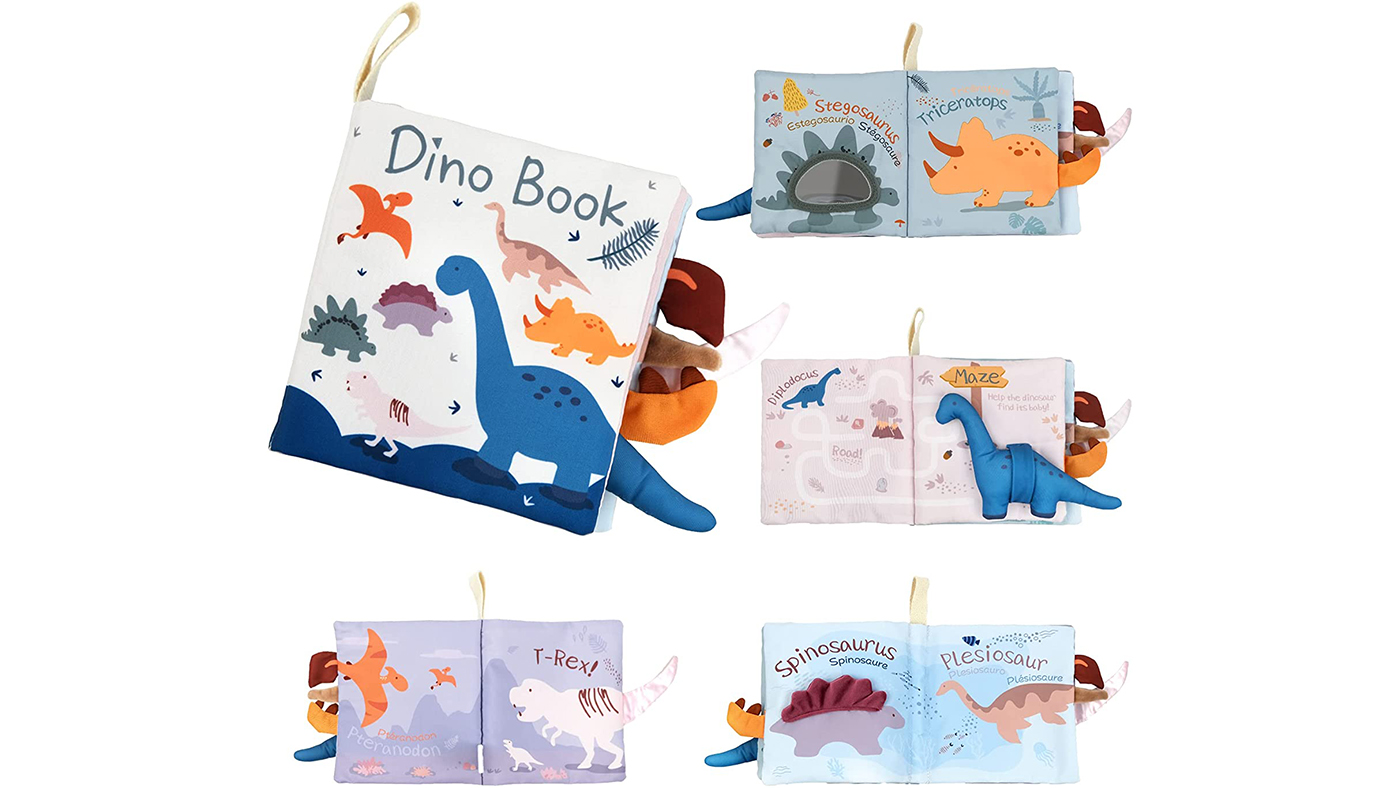
To buy (via Amazon): https://amzn.to/3G5ce3j
Baby Touch and Feel Animals - Touch and Feel
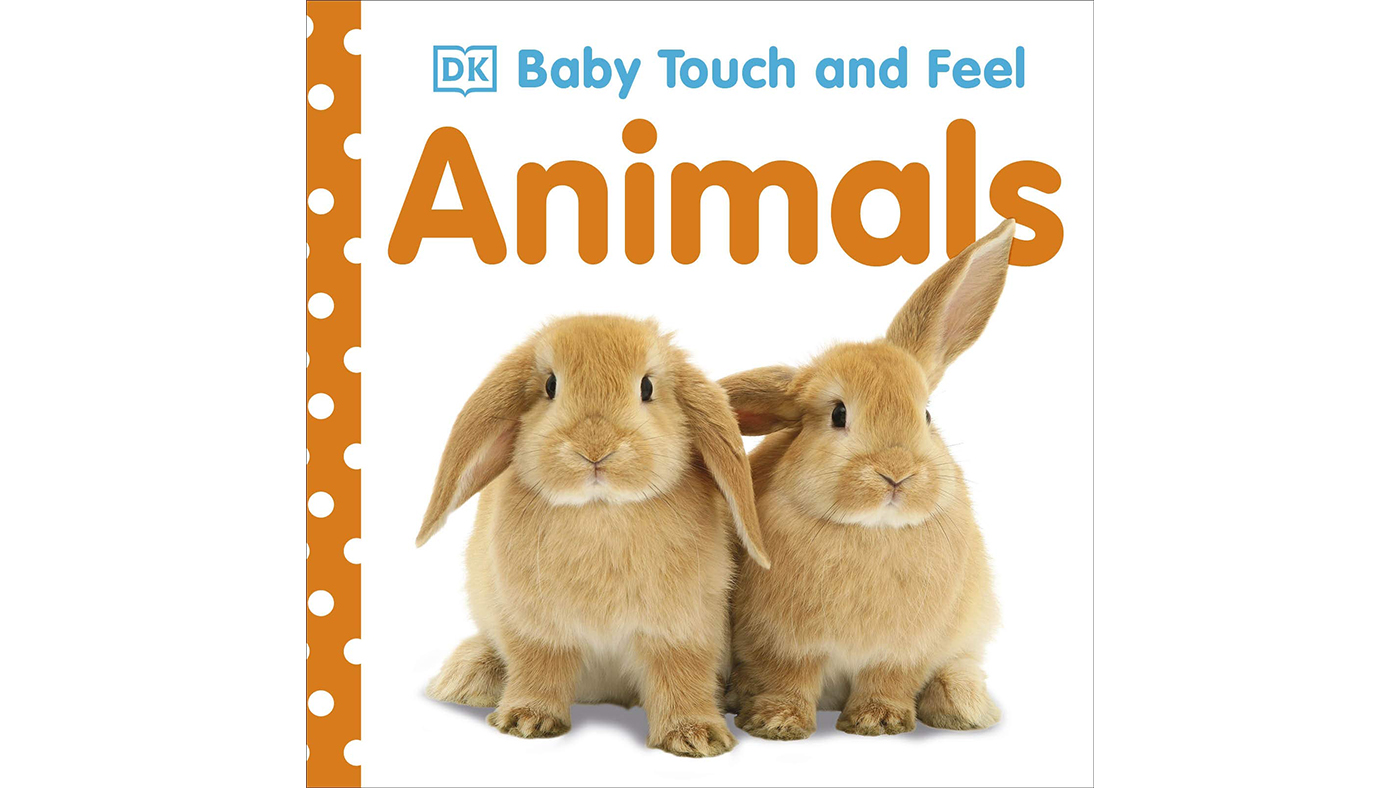
To buy (via Amazon): https://amzn.to/3G4YHsl
- Books should be repetitive and contain text that is familiar to you as the reader. When you start reading with your baby, your voice is most likely one of the important features of the story, after all, your baby loves to spend time with you and to hear your voice.
- Choose books that you enjoy. The more interest and excitement you show about the story, the more your baby can share in this excitement. If a particular story becomes your baby’s favourite you will probably find that you read it a lot!
- Have some board books, or books with stiff pages, so that your baby can explore the book themselves. Cloth books or bath books are also great for little fingers to explore. There are wonderful books with mirrors and different textures available which are perfect for your baby.
This is a great example:
Baby Touch: Tummy Time - by Ladybird
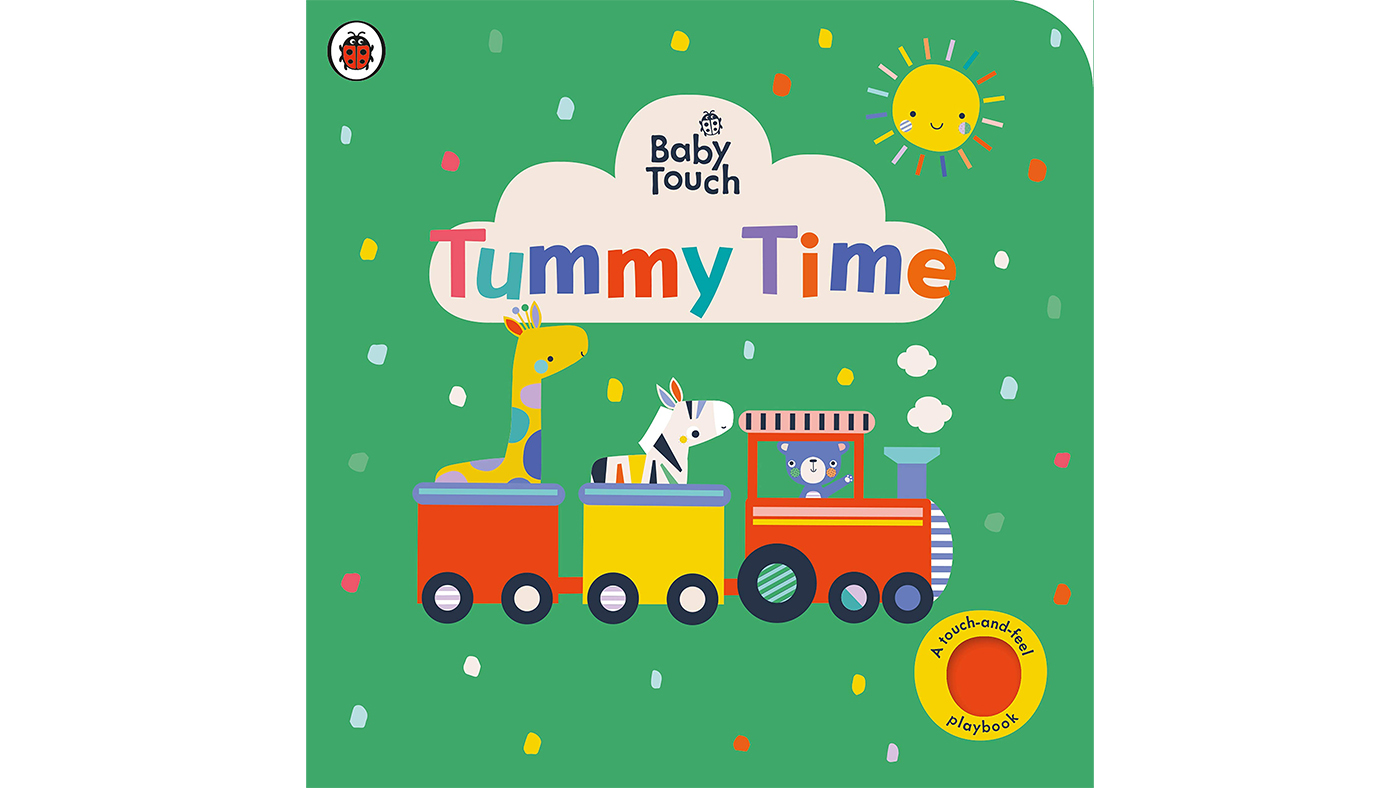
To buy (via Amazon): https://amzn.to/31yMvkE
- Look for books with things that your baby can touch. This could be illustrations that have something for your baby to touch, different textures and materials or moveable parts. When books are interactive, your baby is able to experiment and learn more about them.[5]
How should I read with my baby?
Make story time a comfortable, cosy time where you can snuggle into one another.
Start with very short books. You may only look at one page together to begin with, as your baby won’t fully understand what story time is. Books can increase in length as they become more interested. Your first books may only have one word per page, this is fabulous as your baby has time to process the illustration with the word that they hear.
When you read, respond to your baby, so sometimes simplify the words or comment on a picture that they notice.
Use lovely expressive sounds, if you are reading about animals, make their sound and do an action. All these wonderful additions to enhance the story supports your baby in understanding and making connections. When sounds are made while your baby is young, you will be able to ask them to find the animal when they get a little older. If you need a little help with making the sounds in the story, books like this will be great for you:
Baby's Very First Noisy Book Farm - by Baby's Very First Books
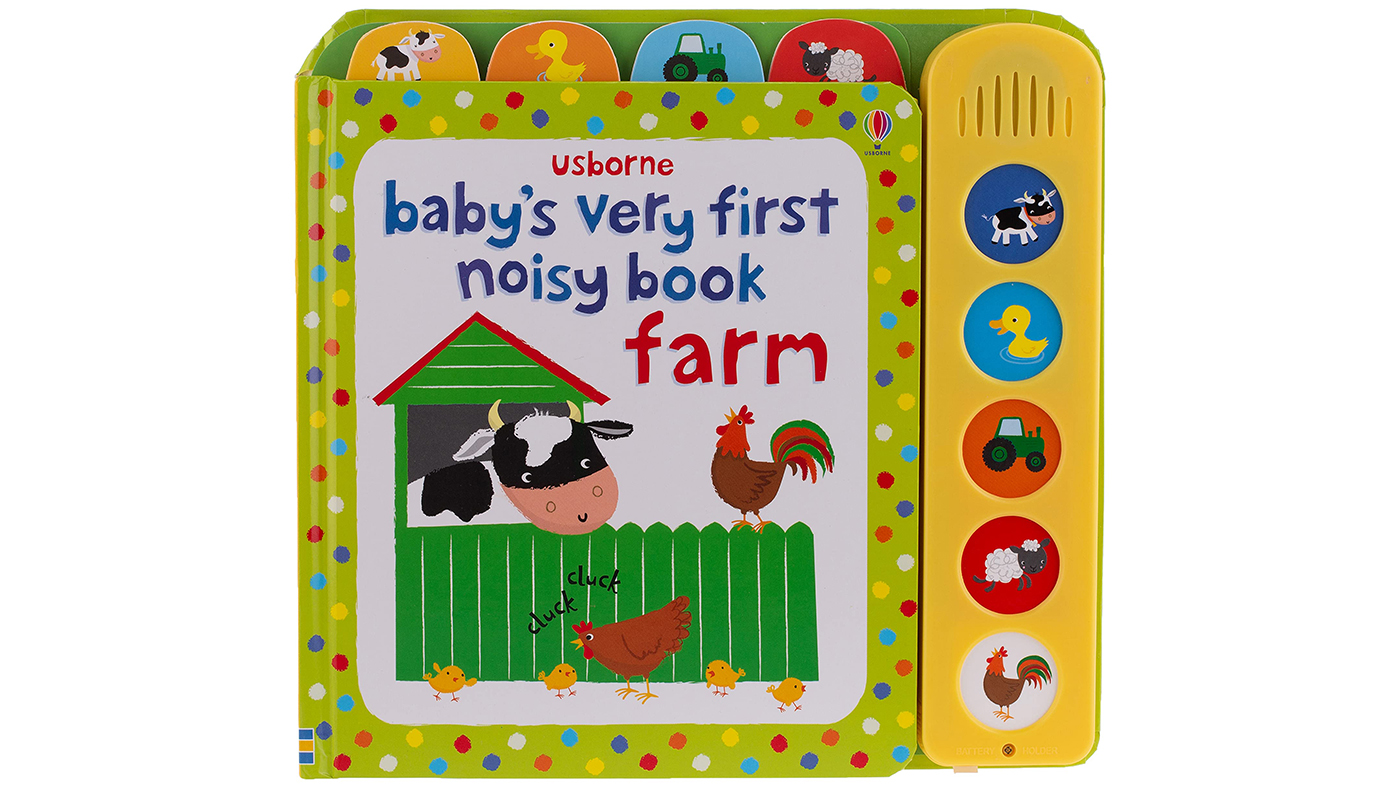
To buy (via Amazon): https://amzn.to/3F6vNH7
Have books all around the house. When your baby starts to move around and books are available to them, this adds to the connections between reading and play. Having books available allows your baby to choose one for themselves. Don’t be put off if initially your baby chews, drops, throws a book or plays with them in a way we wouldn’t usually. They are simply gaining experience of books and how they are used.
The most important thing is to read to your baby, however story times occur. When you share a story, an interactive experience begins. You can share emotions, and most importantly, time together. Building bonds and relationships is crucial for babies and what better way to do so than sharing a story?[5]
Go ahead and read
Reading picture books is one of the best ways to spend meaningful and mutually pleasurable time together. Sharing stories will give your baby lots of amazing chances to listen to language and, in time, use this language. Not only will your baby learn lots of new words and phrases, but they will learn how to express feelings and ideas.[4]
But most importantly, sharing books is about sharing time. Books can be fun, calm, excitable, joyous and adventurous, and if you can share these experiences as early as possible, the sky is the limit for your baby.
References:
[1] S. Gerson, M. Gattis, N. Weinstein. (2017) Article: Before babies understand words, they understand tones of voice. The Conversation
[2] M.E. Cooper [1987]. Journal Article: ‘Glenn Doman’s How to Teach Your Baby to Read: It’s joyous, happy, simple, and easy-to-do'. Publishing Research Quarterly, Springer US. ISSN:1053-8801 / 1936-4792
[3] M. Khu, S.A. Graham, P.A. Ganea. (2014). Research Article: ‘Learning from Picture Books: Infants’ use of naming information’. Available online at: https://doi.org/10.3389/fpsyg.2014.00144
[4] J.L Towell, L. Bartram, S. Morrow, S.L. (2019) Article: ‘Reading to Babies: Exploring the beginnings of literacy’. Florida Atlantic University. Available online at https://doi.org/10.1177%2F1468798419846199
[5] S. Straub (2009) Infant Observation: The Power of Reading with Babies. Taylor and Francis Group. Vol. 12, No. 3, December 2009, 349364